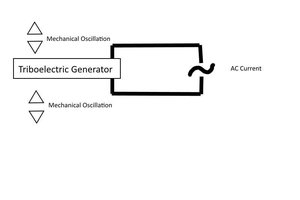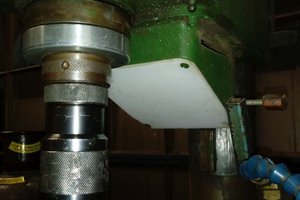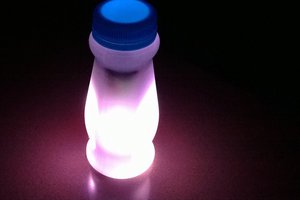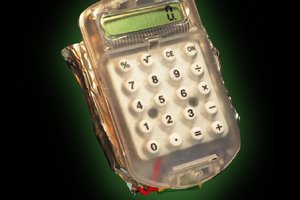What's the best thing to do when a blackout strikes?
Probably not what you're thinking! And the legendary baby boom after New York's famous blackout in 1965 has been debunked by more than one source.
On a more serious note, blackouts can be seriously dangerous especially for children and the elderly and they occur more frequently they most people realize, for both on-grid and off-grid homes and businesses.
At the company where I work, we design and make energy storage systems for remote communities and developing countries as well as for disaster recovery applications. But no matter how large the energy storage system the users will invariably exceed the stored energy capacity, resulting in a blackout. Thus, we always recommend the installation of a parallel, backup energy store and a blackout light.
So what makes for a good blackout light and what are the requirements? Most of us are familiar with the ceiling-mounted emergency lights used in shopping centres, offices and other commercial applications. There are stringent standards for these installations. However, for the average home user these fixed installations can be overkill and don't really satisfy the home owners requirements for portability and ease of installation.
So my team at work decided to design a solution based on what our customers were telling us they needed. I've summarised the most common requirements below:
💡 Built-in battery with automatic recharge from the wall power
💡 Bright, pivoting, long run-time light source
💡 Portable so it can be moved from room to room
💡 Automatic switch-on when the wall power fails
💡 Battery protection so the battery won't be damaged by an extended outage
💡 Automatic shut-off with manual override
💡 Safe to build and use
💡 Tolerant of very bad power voltage fluctuations, frequency and power spikes
So, after some considerably discussion and head scratching we came up with the following design spec and parts list:
💡 12V 50Ah LiFePO4 battery bank in a 4 serial, 1 parallel (4S1P) configuration
💡 a weatherproof, PVC, electrical utility box enclosure large enough to hold both the battery and the LED light fitting
💡 a 12V, 5 Watt swivel LED ceiling downlight base fitted with an MR16 globe like this
💡 a 20 to 30V 1 Amp, switched-mode power supply or "wall wart" with universal AC voltage input
💡 a variable voltage step-down (buck) regulator rated at 1A output or better
💡 an Arduino Nano computer module with a project expansion board
💡 a normally open (NO), momentary push button switch
💡 some speaker wire, connectors, hookup wire, solder and other workshop consumables
I will update this post as the build progresses.

 MECHANICUS
MECHANICUS
 Niel Malan
Niel Malan

 Tom Farnell
Tom Farnell